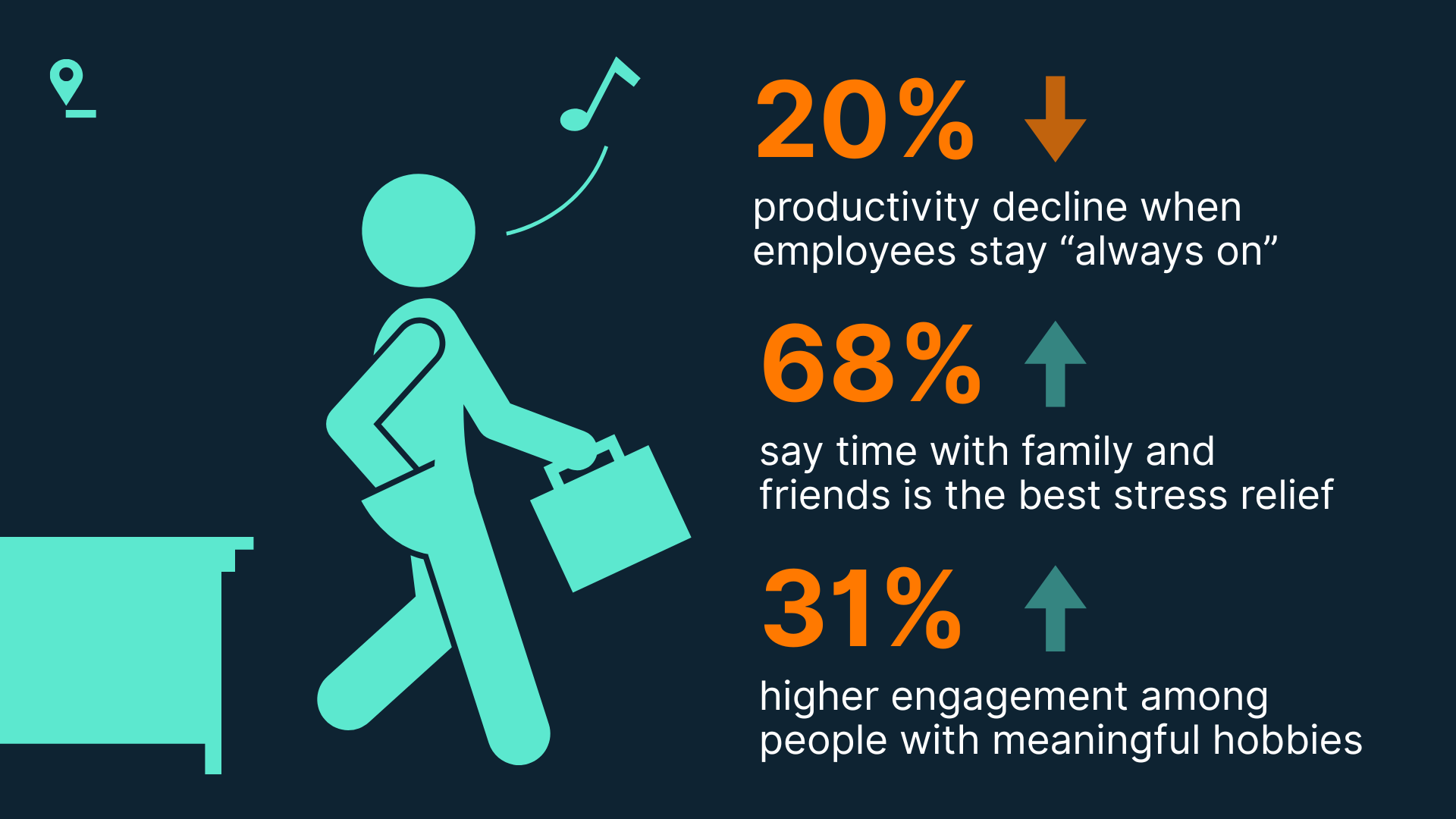Resilience
The Rising Threat of Cyber Chaos: How Businesses Can Stay Ahead
In collaboration with United Data Technologies (UDT) for Cybersecurity Month.
In an era where cyber threats are evolving faster than ever, 2024 has been a pivotal year for businesses striving to protect themselves from cyberattacks. As Mike Sanchez, Chief Information Security Officer at UDT, puts it, “We’re calling this the year of cyber chaos.” The sheer volume and complexity of attacks skyrocket, leaving organizations grappling with an increasingly treacherous digital landscape.
While these challenges might sound daunting, there are actionable steps that can help your business avoid being caught in the crossfire. Let’s dive into the key insights and practical advice from a recent conversation between Sanchez and Corey LeBlanc, Co-founder and COO/CTO of Locality Bank.
The Explosion of Cyber Threats in 2024
As businesses become more interconnected and reliant on digital solutions, cybercriminals are adapting just as quickly. From ransomware to phishing and AI-powered attacks, the scope of cyber threats has broadened dramatically.
According to LeBlanc, one recent incident serves as a wake-up call: over 9.9 billion unique passwords were exposed in a single leak, compromising personal and business data alike. “That’s just the number we know about,” says LeBlanc. “The actual scale of these breaches is likely much larger.”
The takeaway? Cybersecurity is no longer just about securing passwords—it’s about creating multi-layered defenses that cover every part of your organization.
The Most Common Attack Vectors
Sanchez highlights the top threats businesses should be aware of, with phishing attacks continuing to top the list. Phishing involves sending fraudulent emails that trick employees into revealing sensitive information or clicking on malicious links. Despite the growing sophistication of these attacks, the tactics remain surprisingly simple—and effective.
“They’re playing a numbers game,” says Sanchez. “Even if just 1-2% of people click, that’s enough for hackers to get what they need.”
Other major concerns include business email compromise and ransomware, both of which have seen sharp increases in recent months. Ransomware, in particular, is a considerable threat to businesses of all sizes. Once inside your system, hackers encrypt your data and demand a ransom for its return. Unfortunately, even paying the ransom doesn’t guarantee full recovery, as Sanchez warns: “There’s a 40% chance you’ll get hit again even after paying.”
Actionable Steps for Stronger Cybersecurity
So, what can businesses do to protect themselves from becoming the next victim of cyber chaos? Sanchez and LeBlanc offer practical steps to fortify your defenses:
- Implement Strong, Unique Passwords: Passwords remain a weak spot for many businesses. Use a password manager to create long, complex passwords for every account, and make it a habit to change them regularly. LeBlanc adds, “Even better, use passphrases—long, memorable phrases with special characters to make them harder to crack.”
- Adopt Multi-Factor Authentication (MFA): MFA provides an extra layer of security beyond just a password. Even if a hacker manages to steal login credentials, MFA adds a second barrier that’s much harder to bypass.
- Educate Your Employees: Human error is often the weak link in cybersecurity. Regular training to help employees recognize phishing attempts, suspicious links, and other common attacks can significantly reduce your risk.
- Secure Your Data Beyond Passwords: Cybersecurity isn’t just about passwords anymore. Companies must monitor how sensitive data is stored, shared, and accessed. As Sanchez points out, the rapid rise of AI tools like ChatGPT presents new challenges: “Be cautious about what you paste into these tools. Sensitive data can be exposed in ways you didn’t anticipate.”
- Verify the Source of QR Codes: One surprising but growing threat is the misuse of QR codes. Criminals can swap legitimate codes with malicious ones, rerouting users to harmful websites or stealing their payment information. Always verify the source of a QR code before scanning.
What To Do If You’ve Been Compromised
Even with the best defenses, no system is 100% foolproof. If your business does fall victim to a cyberattack, having a well-thought-out response plan is critical.
- Act Quickly: Disconnect any compromised devices from the network immediately.
- Notify Authorities: Report the breach to relevant authorities, such as the FBI, as soon as possible. They may have tools to help mitigate the damage, especially in cases of ransomware.
- Restore From Backups: Regular, encrypted backups can save your business. Make sure these backups are tested regularly so that they’re reliable in an emergency.
- Call in Experts: Have a cybersecurity partner on call to help respond to incidents. This can be the difference between a minor disruption and a major disaster.
Looking Ahead: Preparing for the Future
As cyber threats evolve, businesses must stay one step ahead by remaining proactive. Whether it’s testing your defenses regularly, educating your team, or working with cybersecurity experts, preparation is the key to surviving the chaos.
As LeBlanc puts it, “In today’s world, you don’t have to be a huge company to be a target. The more prepared you are, the better chance you have of staying out of the crosshairs.”
By following these steps, your business can avoid being low-hanging fruit for cybercriminals and face the year of cyber chaos confidently.
What’s Your Security Risk Level?
Contact UDT today to find out how they can help make sure your organization has the technology and services it needs to keep data secured against human error and cyberattacks, and that you are prepared for whatever disaster might attempt to take down your IT infrastructure. Stay safe with a service provider you can trust.
Locality Bank is dedicated to empowering local businesses to maximize their potential—including providing the resources and knowledge to protect against risks like cyber threats. For additional insights and guidance, visit Locality’s Resource Center at www.localitybank.com/resources.
Disclaimer: The information provided in this content is for general educational purposes only and does not constitute professional advice. Locality Bank makes no warranty, express or implied, nor assumes any legal liability or any responsibility for the accuracy, correctness, completeness, or any actions taken based on the information provided. Loan programs, terms, and requirements are subject to change. Deposit accounts are subject to account opening requirements. Always consult a qualified professional for specific guidance related to your situation.


